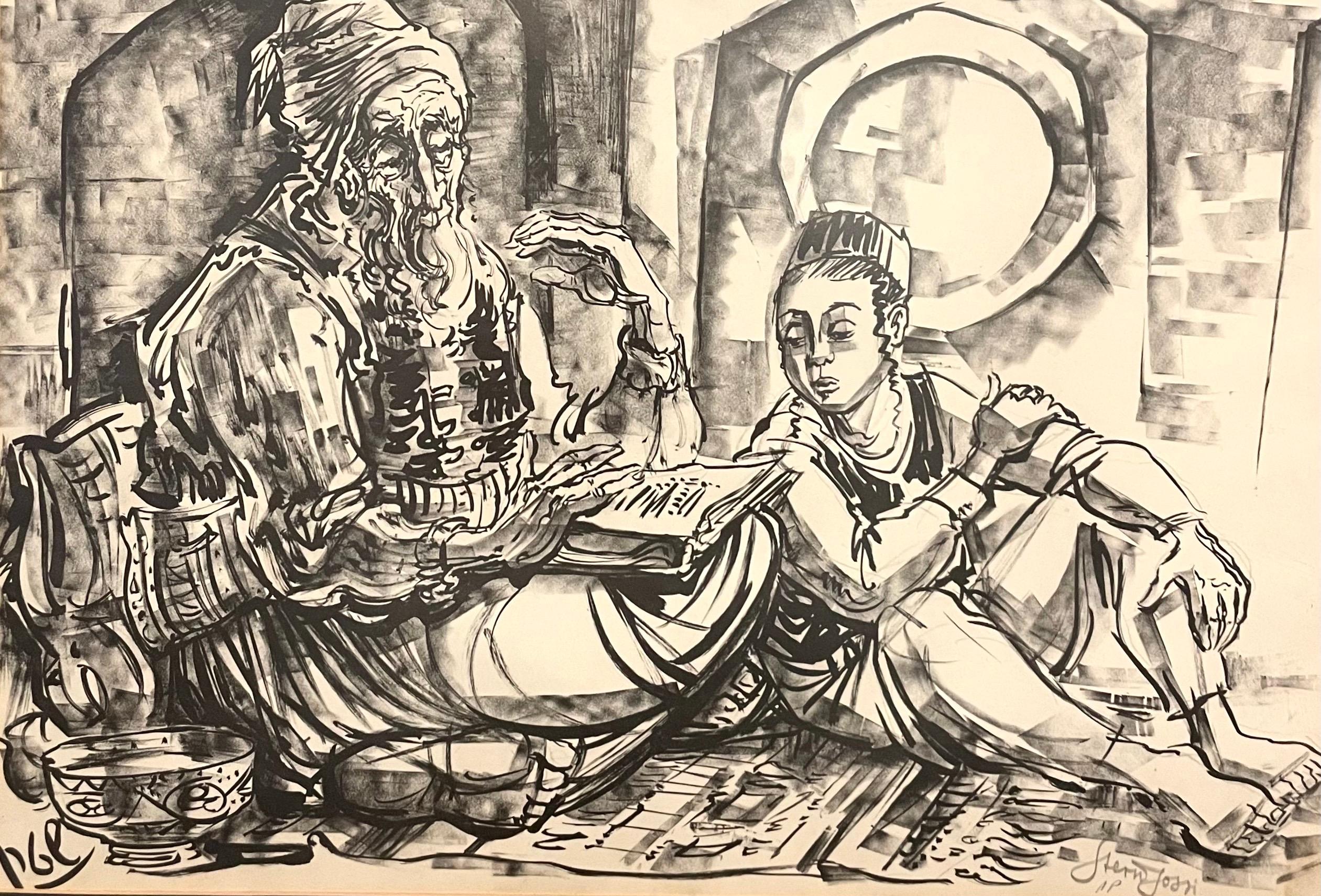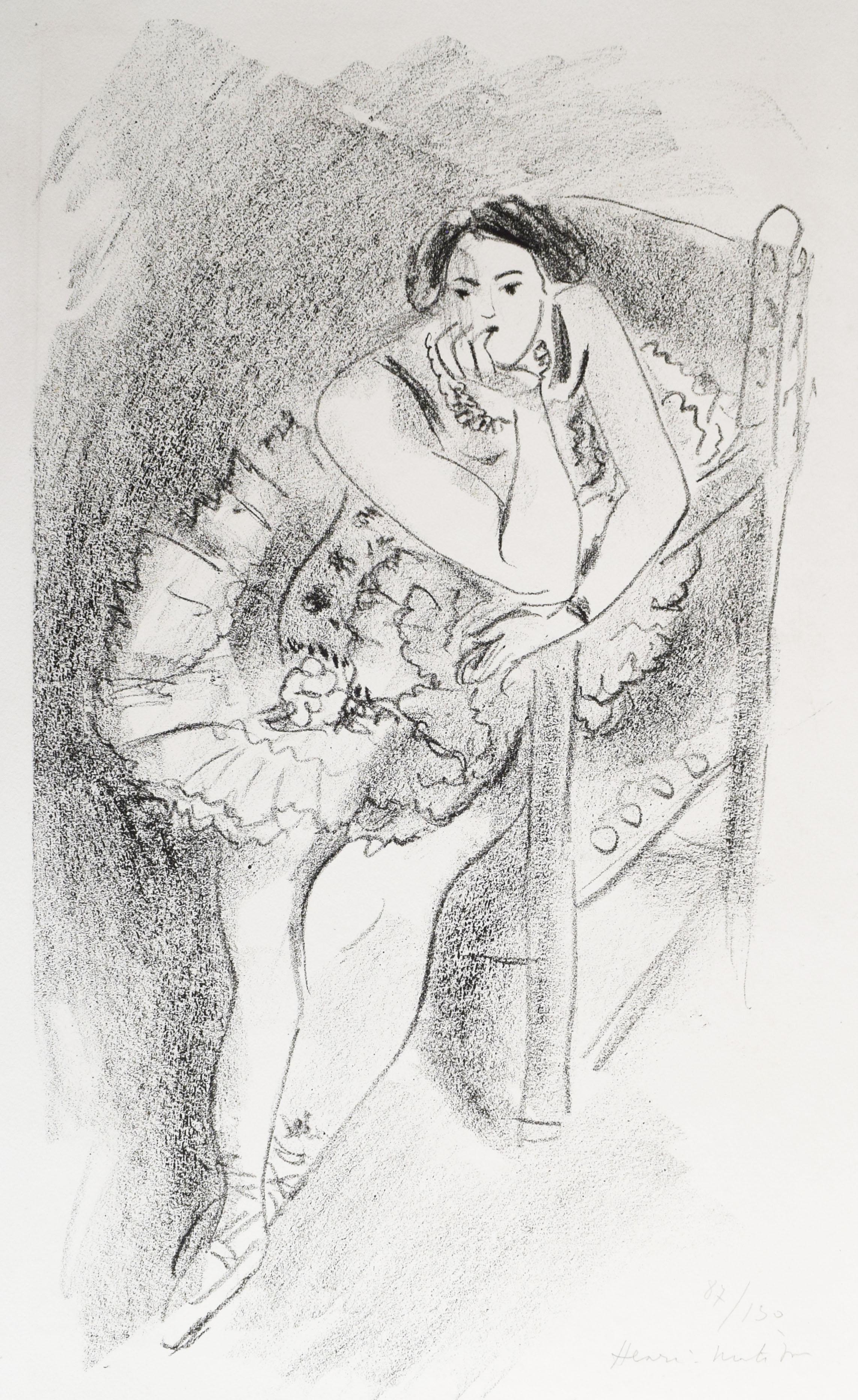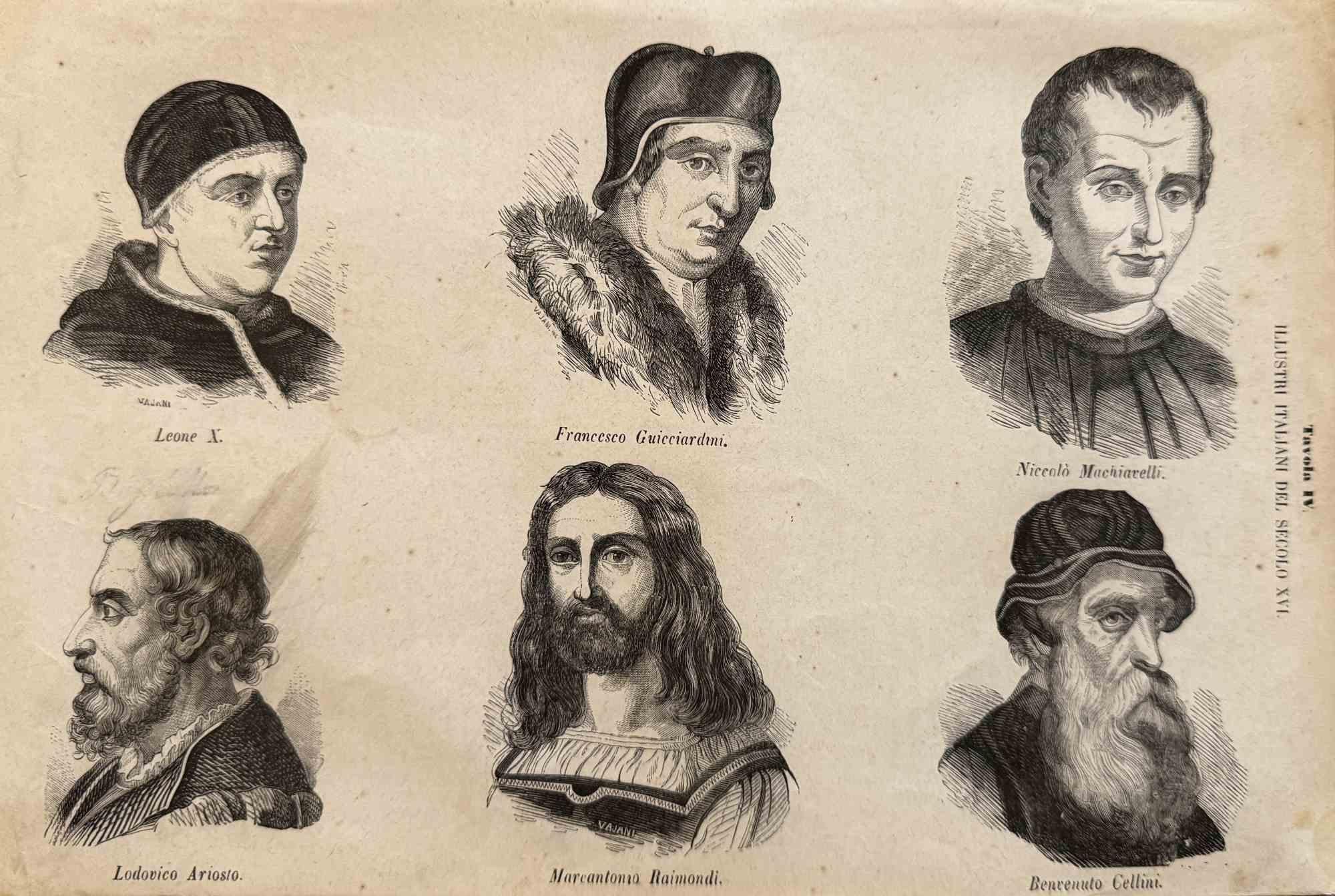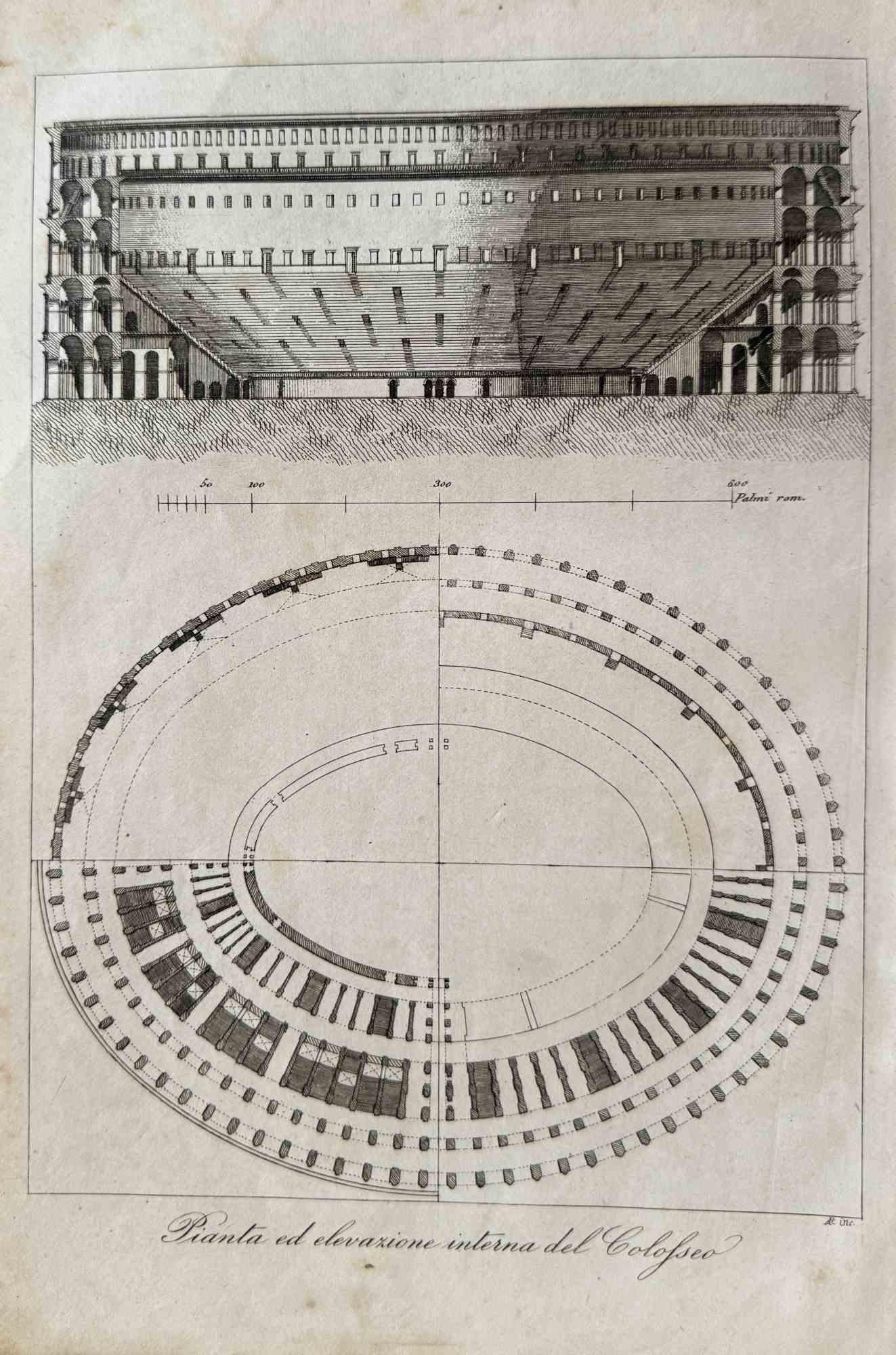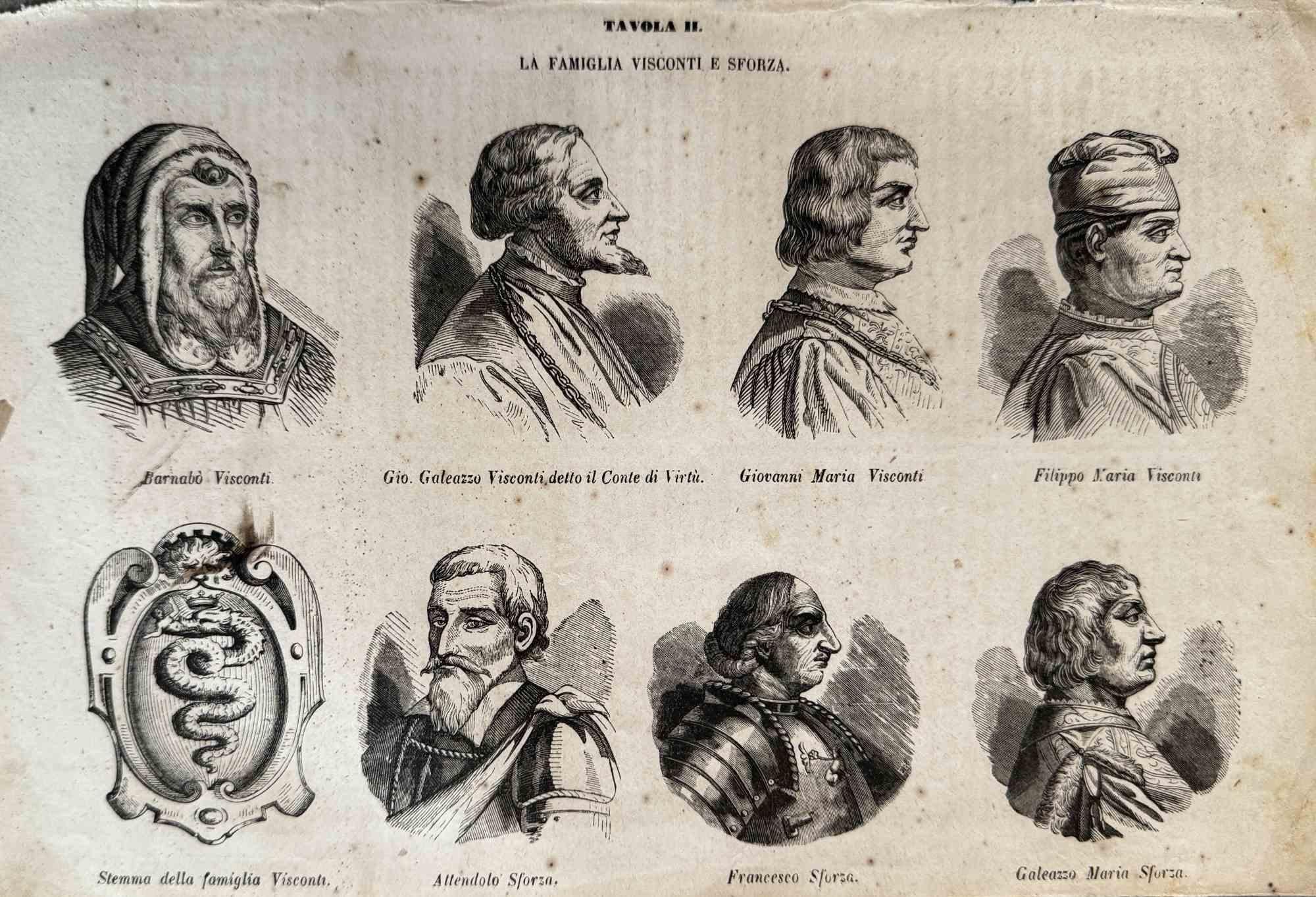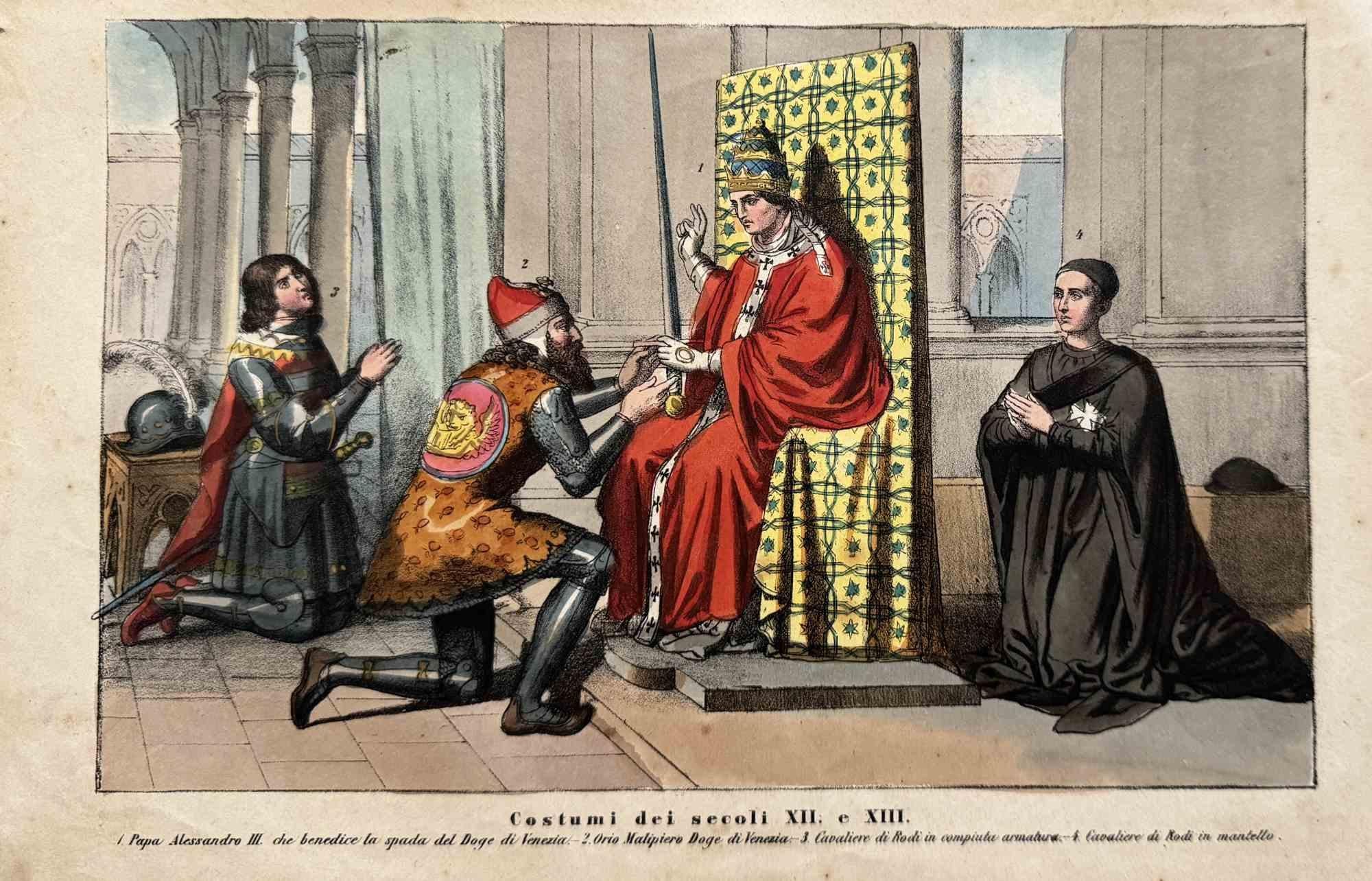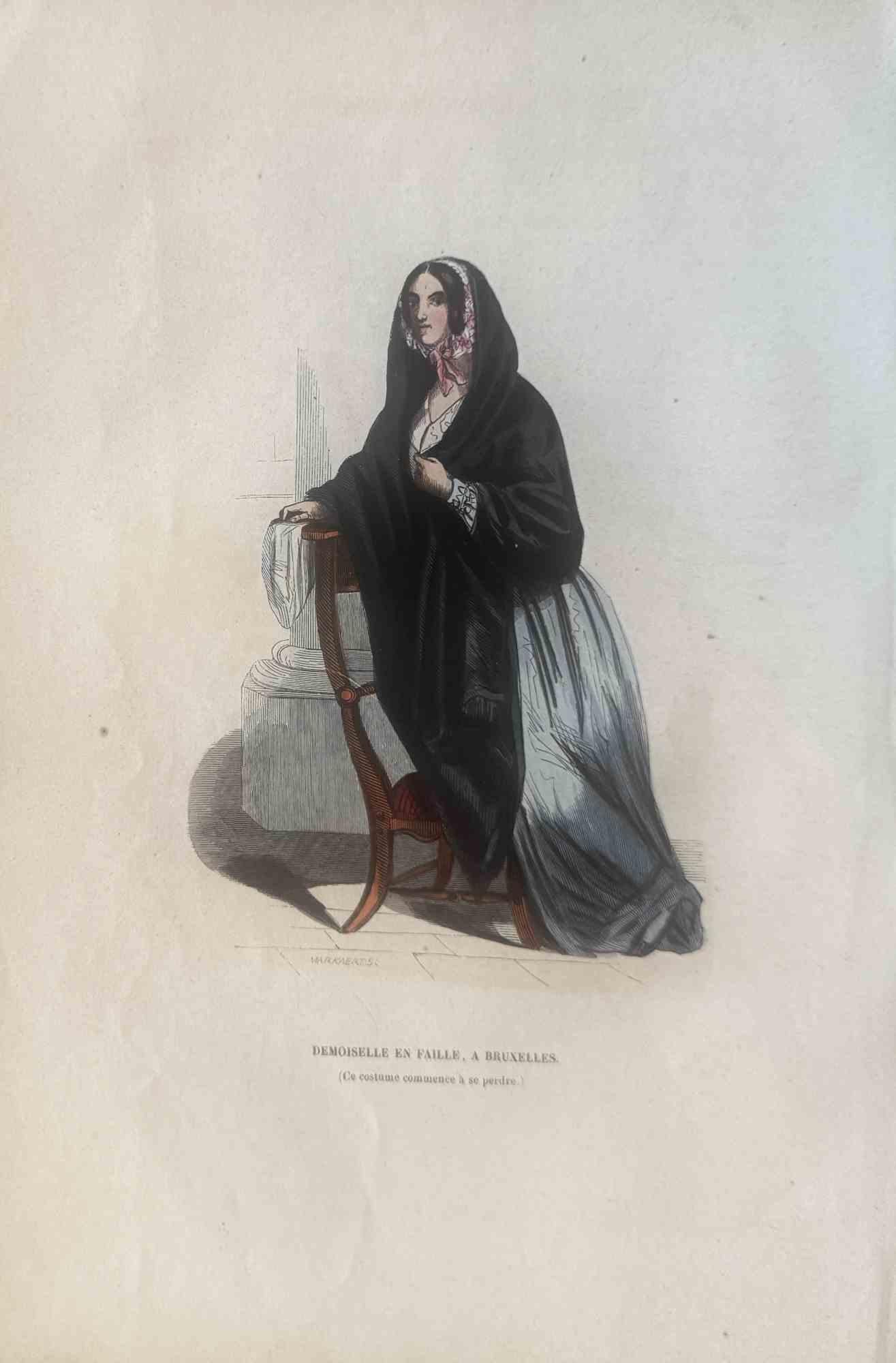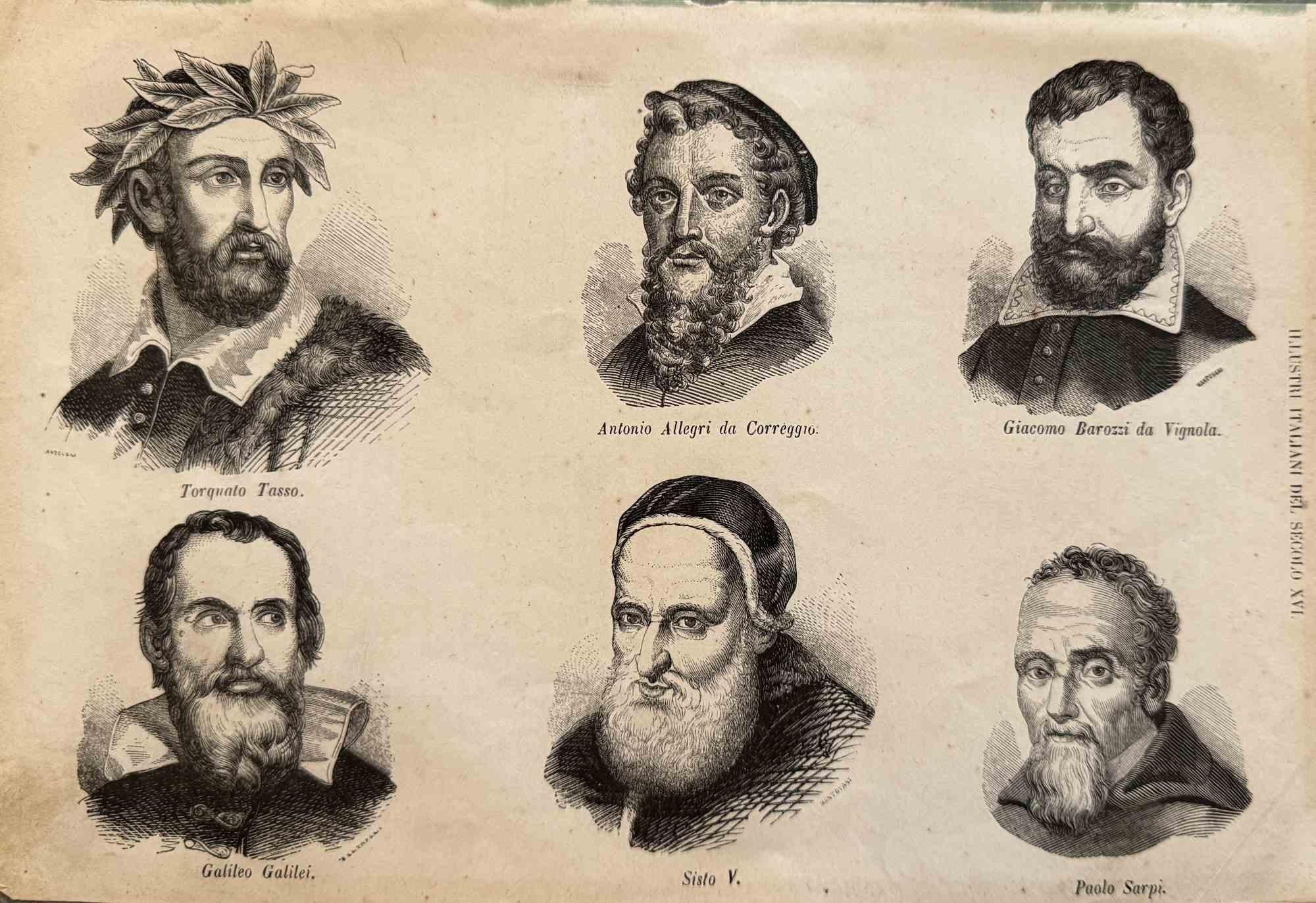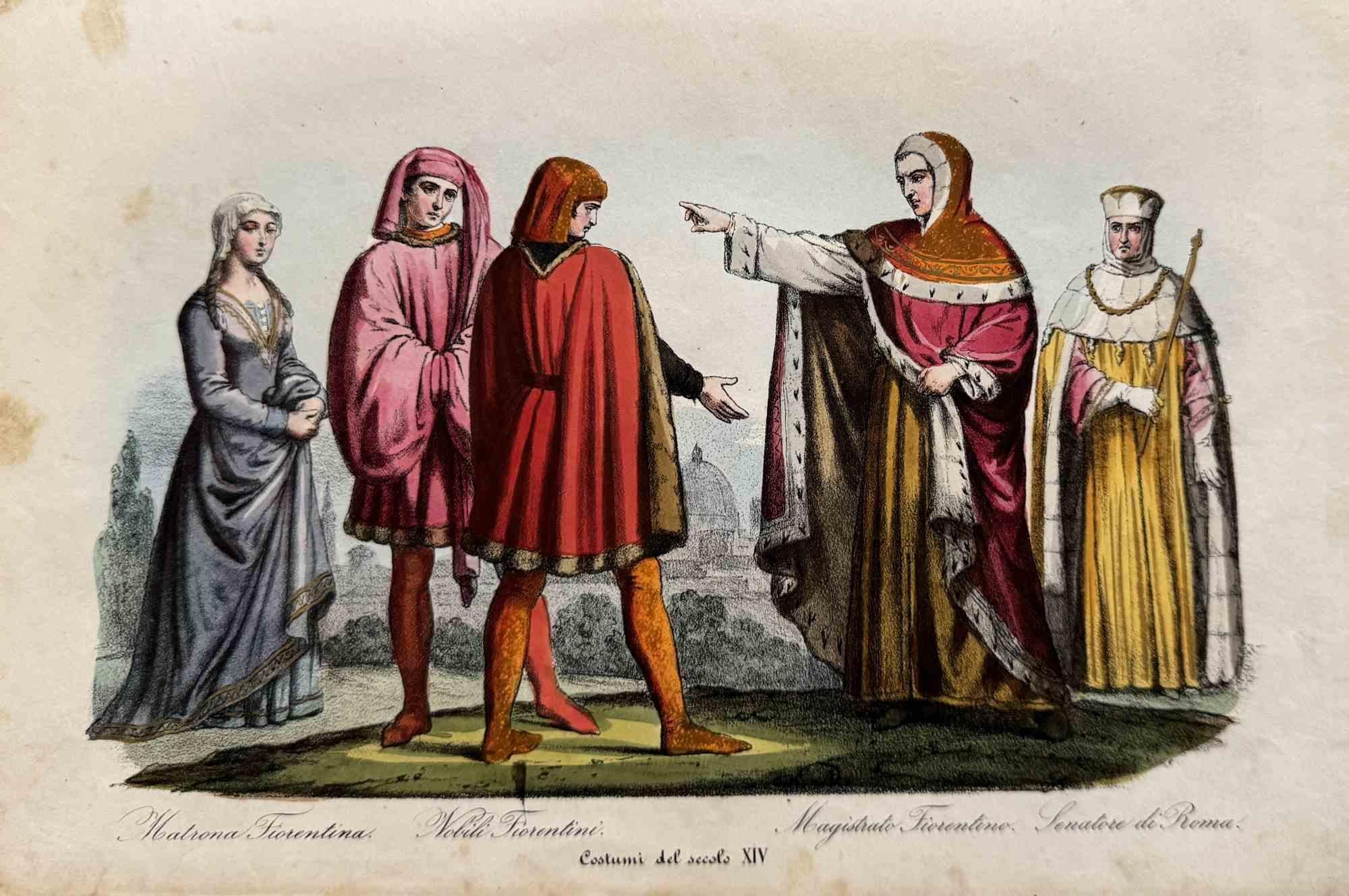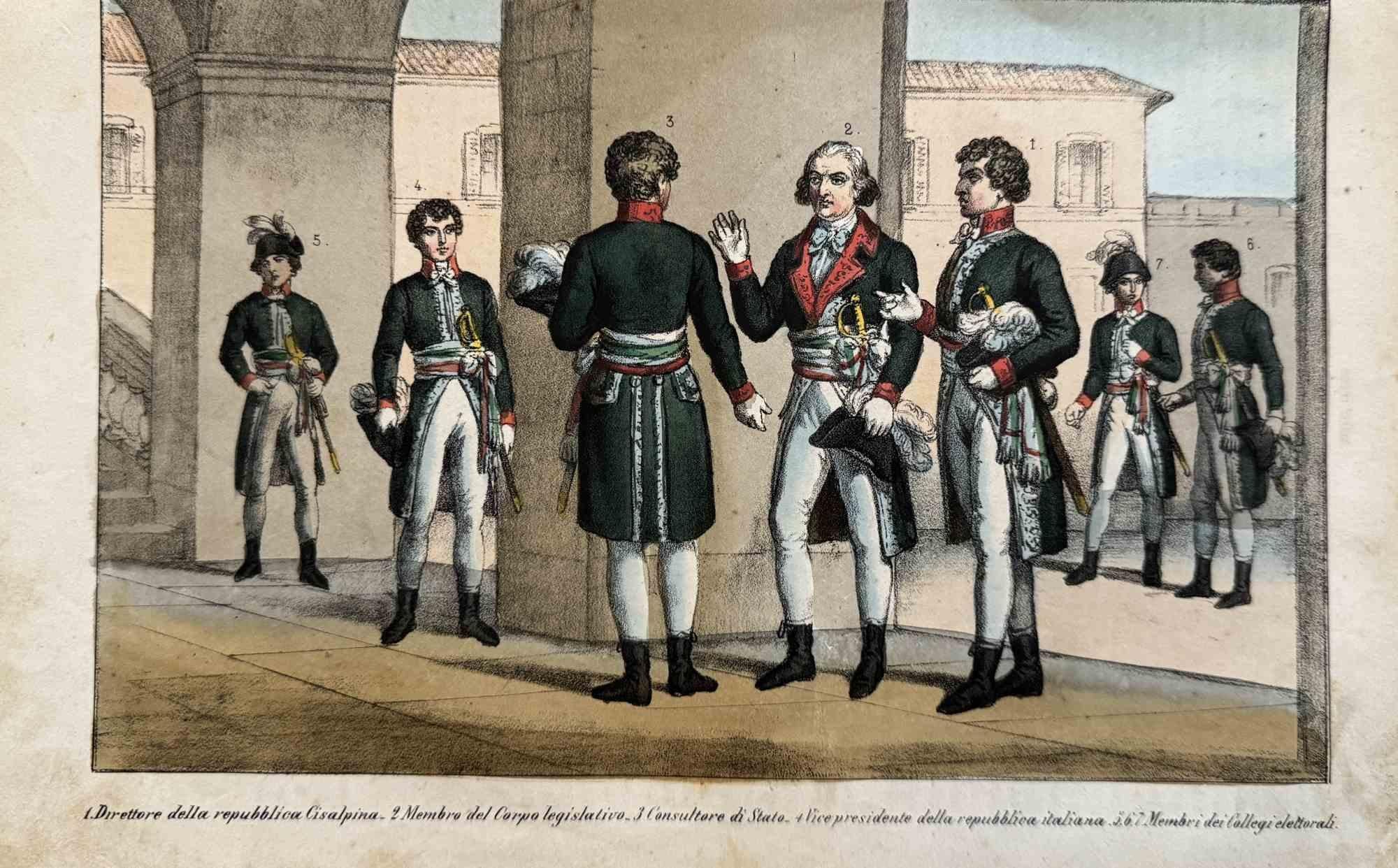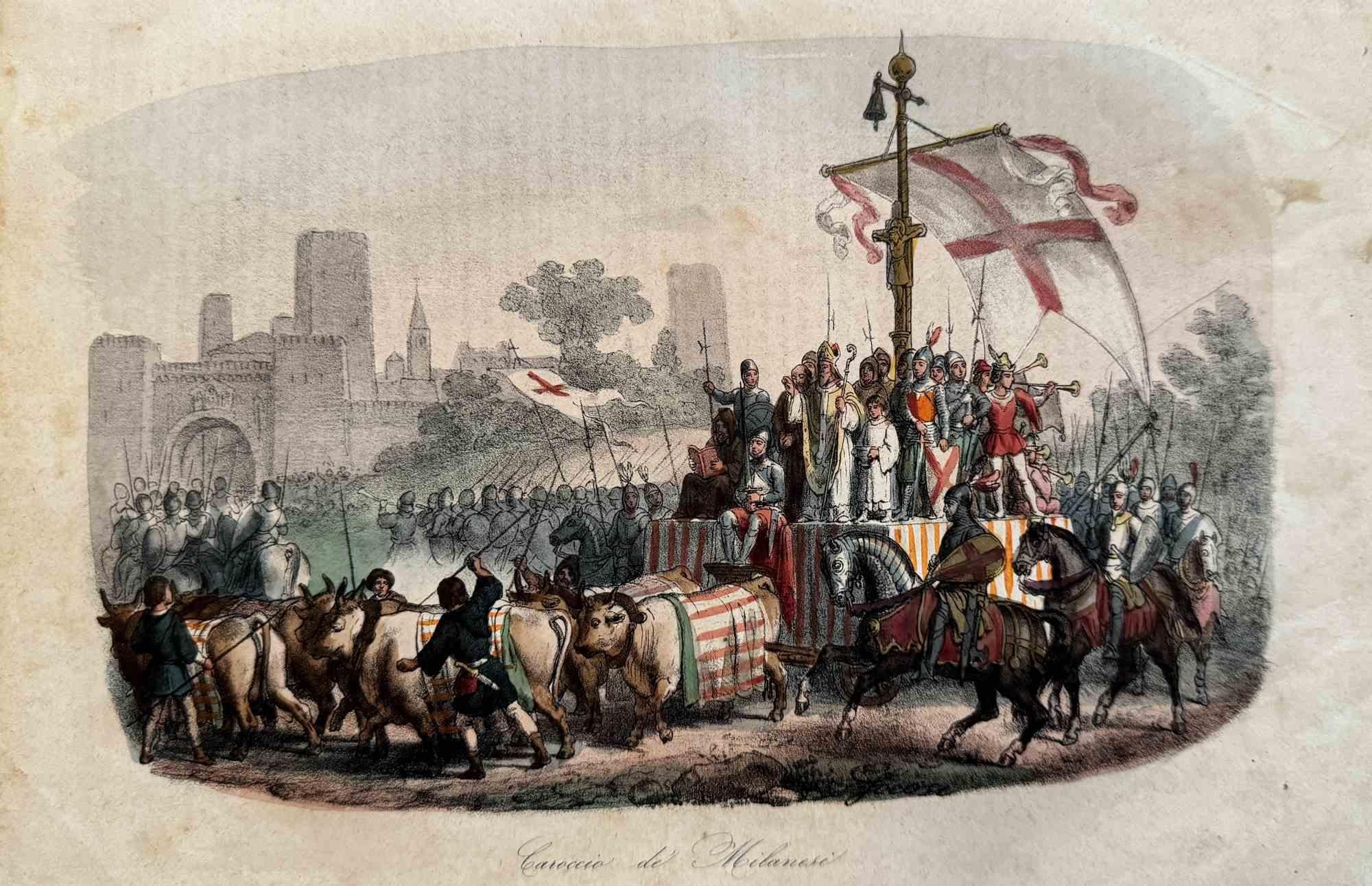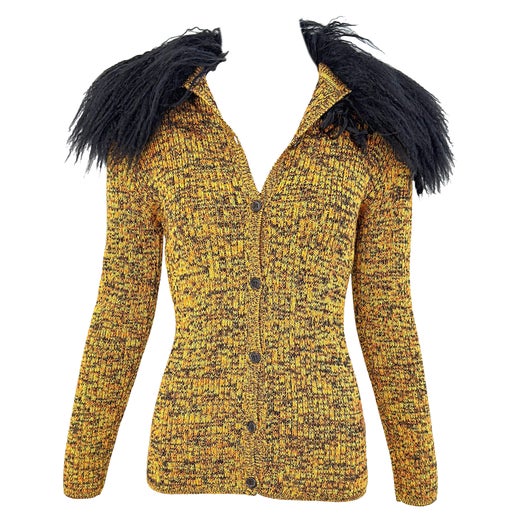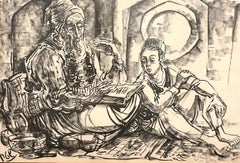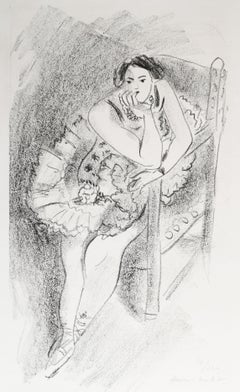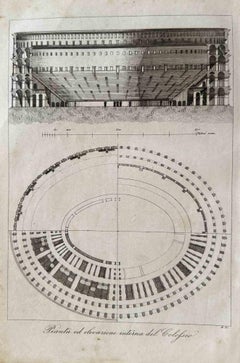La Vilaine Lulu Among the Flowers - Lithograph
View Similar Items
Yves Saint LaurentLa Vilaine Lulu Among the Flowers - Lithograph1985
1985
About the Item
- Creator:Yves Saint Laurent (1936 - 2008, French)
- Creation Year:1985
- Dimensions:Height: 19.69 in (50 cm)Width: 25.6 in (65 cm)
- Medium:
- Movement & Style:
- Period:
- Condition:
- Gallery Location:Paris, FR
- Reference Number:1stDibs: LU46439940442
Yves Saint Laurent
French designer Yves Saint Laurent pioneered “cross-design” in fashion, taking inspiration from street trends to modernize haute couture.
Saint Laurent was the first to launch a ready-to-wear label, YSL Rive Gauche Prêt-à-Porter. He was the first couturier to open boutiques for both men and women. Using traditional menswear fabrics and designs for women, Saint Laurent also literally cross-dressed, giving men and women alike chic pant suits, elegant tuxedo jackets and urban safari gear.
By blurring gender-specific design, Saint Laurent empowered individual style while creating a scissor-sharp fashion aesthetic of sensual ease and beauty. Many of his designs are today considered timeless classics. Saint Laurent also consistently used Black models, like Mounia, Iman and Naomi Campbell, and he drew endless inspiration from different ethnicities and cultures, in no small part because of his Algerian roots.
Born to French parents in Oran, Algeria, in 1936, Saint Laurent went to Paris at age 17 to study fashion at the Chambre Syndicale de la Haute Couture. Just two years later, in 1955, his remarkable sketches were shown to Christian Dior, then the world’s reigning couturier, who hired him immediately.
Surprisingly soon thereafter, Dior publicly chose Saint Laurent as his successor, which sadly proved prescient when the fashion legend died unexpectedly, in 1957. A mere slip of a youth, the 21-year-old Saint Laurent was nevertheless up to the challenge. He shook the traditional couture clientele to its core with youthful silhouettes and styles like the A-line trapeze dress that hung with seeming effortlessness from the shoulders, the antithesis of the pinched waists and molded skirts that had been all the rage after the deprivations of World War II.
After a mandated spell in the torturous French military, Saint Laurent suffered a nervous breakdown and was dismissed by Dior in 1962. Out of the ashes rose the Age of Yves. With Pierre Bergé, his then-lover who became his lifelong business partner and friend, the designer founded Yves Saint Laurent YSL to encompass prêt-à-porter, or ready-to-wear. In 1966, they opened the first YSL Rive Gauche women’s boutique in Paris, followed soon thereafter by YSL Rive Gauche for men. Saint Laurent had given birth to a global brand.
His revolutionary Mondrian mini dress from 1965 is a core element of his fashion biography. It is a prime example of how Saint Laurent, an avid art lover and collector, looked to painters, from Goya to Picasso, Ingres to Matisse, for inspiration.
With its pure lines and hues, Mondrian’s ground-breaking 1935 color-block painting Composition C transmutes beautifully into a dress that is highly valued by collectors of contemporary fashion and widely copied commercially to this day. The design is the epitome of Saint Laurent’s aesthetic, requiring a meticulous hand-piecing of each color block so that, despite the body’s curves, the visual plane is as flat as a canvas when the garment is worn. Mondrian’s purity met its match in Saint Laurent.
“I am no longer concerned with sensation and innovation, but with the perfection of my style,” Saint Laurent said four years before retiring, in 2002. After a long period of ill health, he died at his home in Paris on June 1, 2008.
Browse an extraordinary collection of vintage Yves Saint Laurent evening dresses, shirts, handbags and other clothing and accessories today on 1stDibs.
More From This Seller
View AllMid-20th Century Modern Figurative Prints
Lithograph
Mid-20th Century Modern Figurative Prints
Lithograph
1960s Modern Figurative Prints
Lithograph
1960s Modern Figurative Prints
Lithograph, Stencil
1960s Modern Figurative Prints
Lithograph
1950s Modern Figurative Prints
Lithograph
You May Also Like
20th Century Modern Figurative Prints
Lithograph
1920s Modern Figurative Prints
Lithograph
1980s Modern Abstract Prints
Lithograph
1860s Modern Figurative Prints
Lithograph
1860s Modern Figurative Prints
Lithograph
1860s Modern Figurative Prints
Lithograph
Recently Viewed
View AllRead More
How to Spot a Fake YSL Bag
Counterfeiters know that savvy fashionistas cherish YSL bags. Learn how to tell if yours is the real deal. Of course, you don't have to worry about that on 1stDibs, where every seller is highly vetted.
Quiet Luxury May Be Trending, but These Famous Interiors Prove That Quality and Quirk Endure
Because truly timeless design requires personal vision, transcendent taste, real fortitude and top-notch objects, even if the wider world hasn’t caught on yet.
